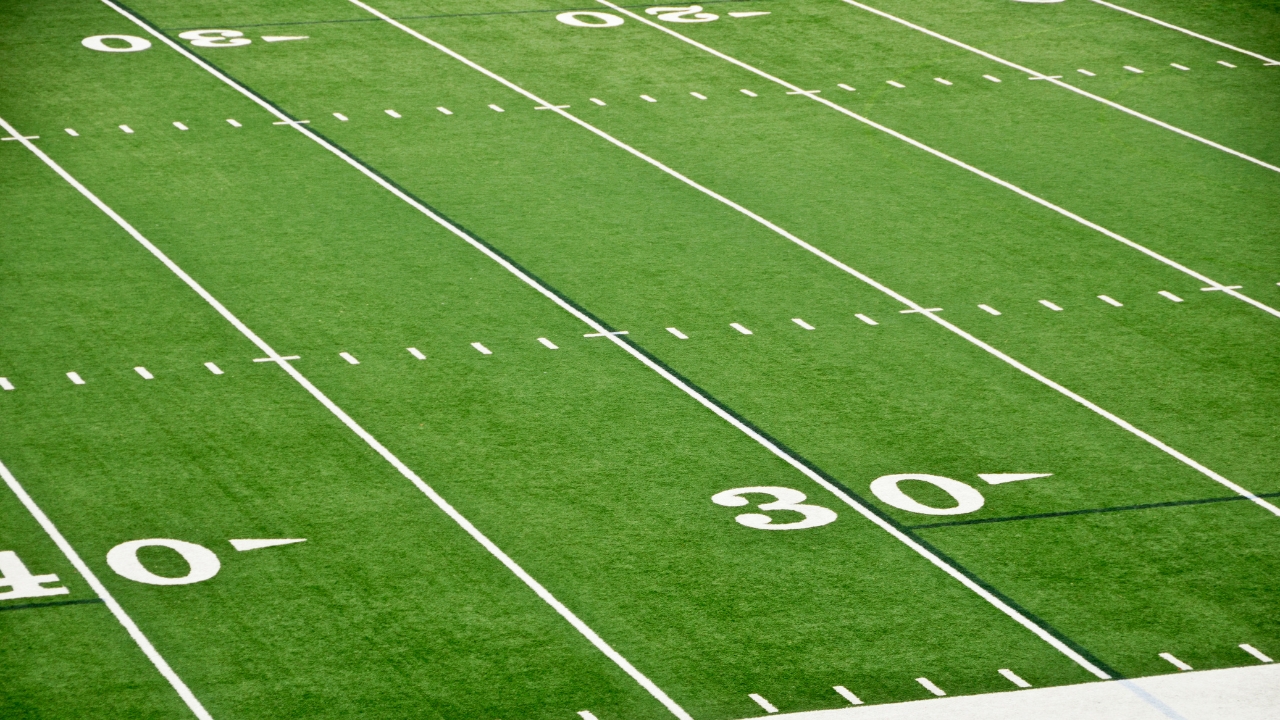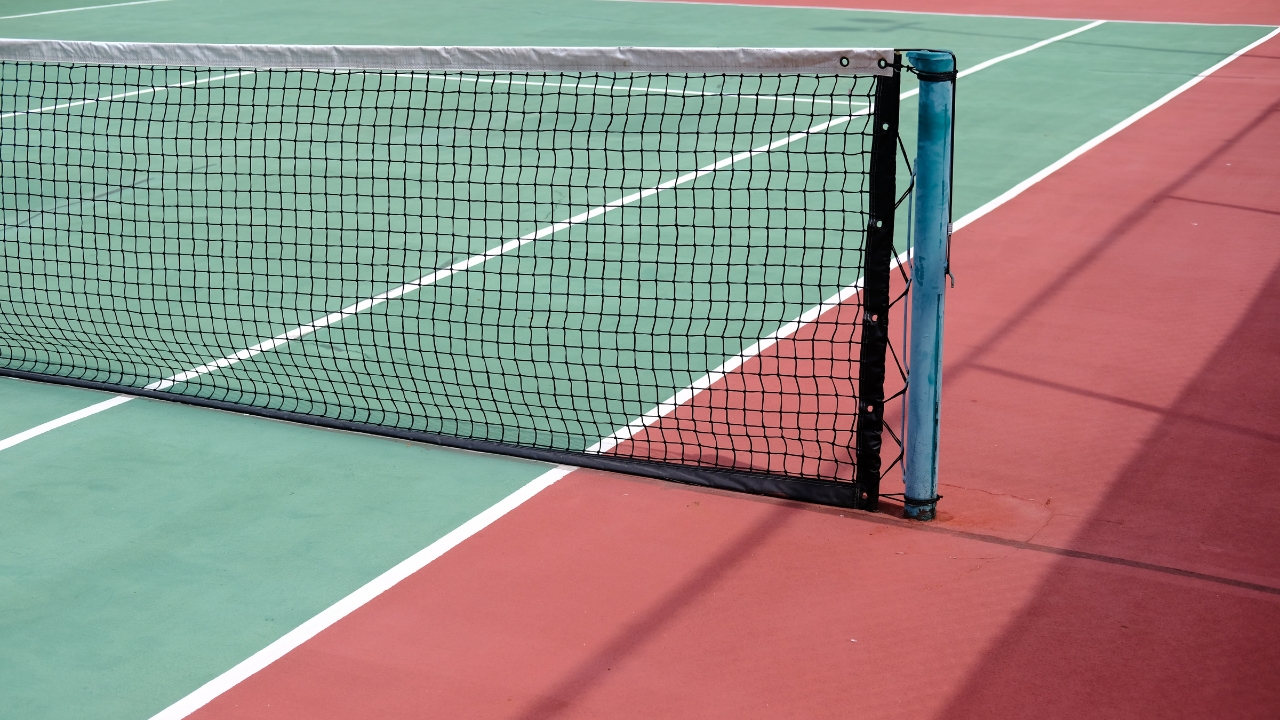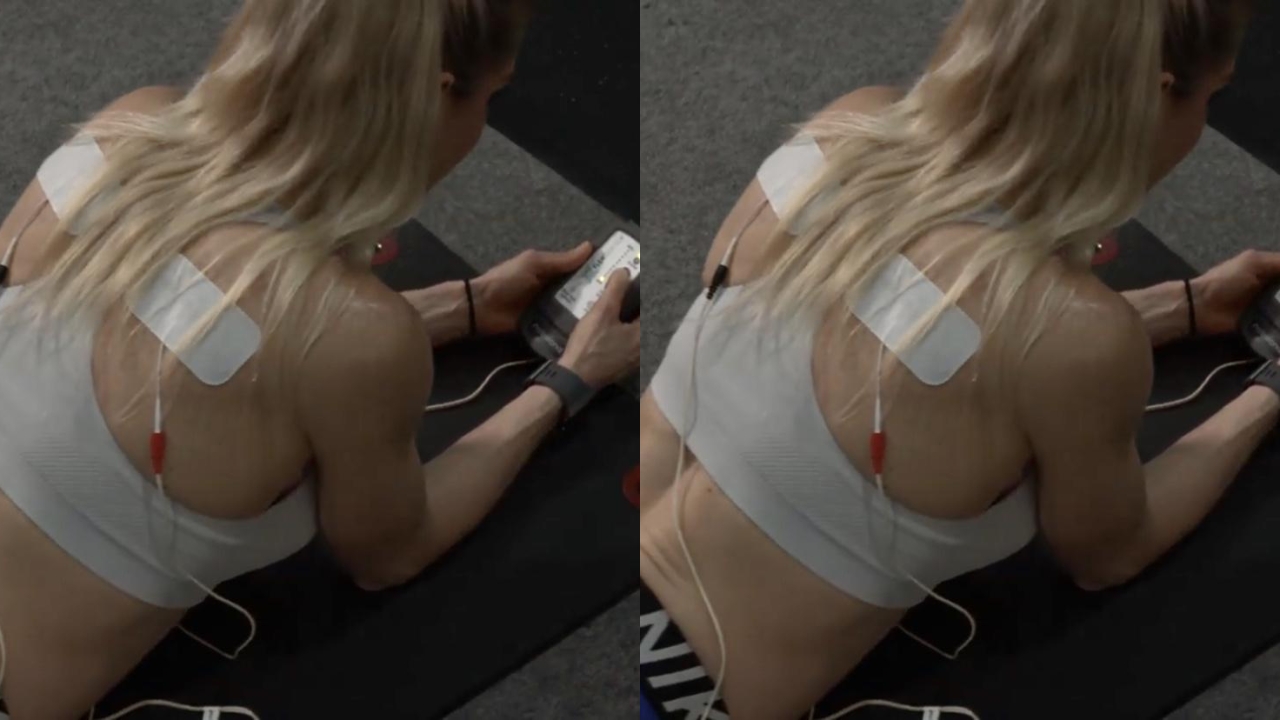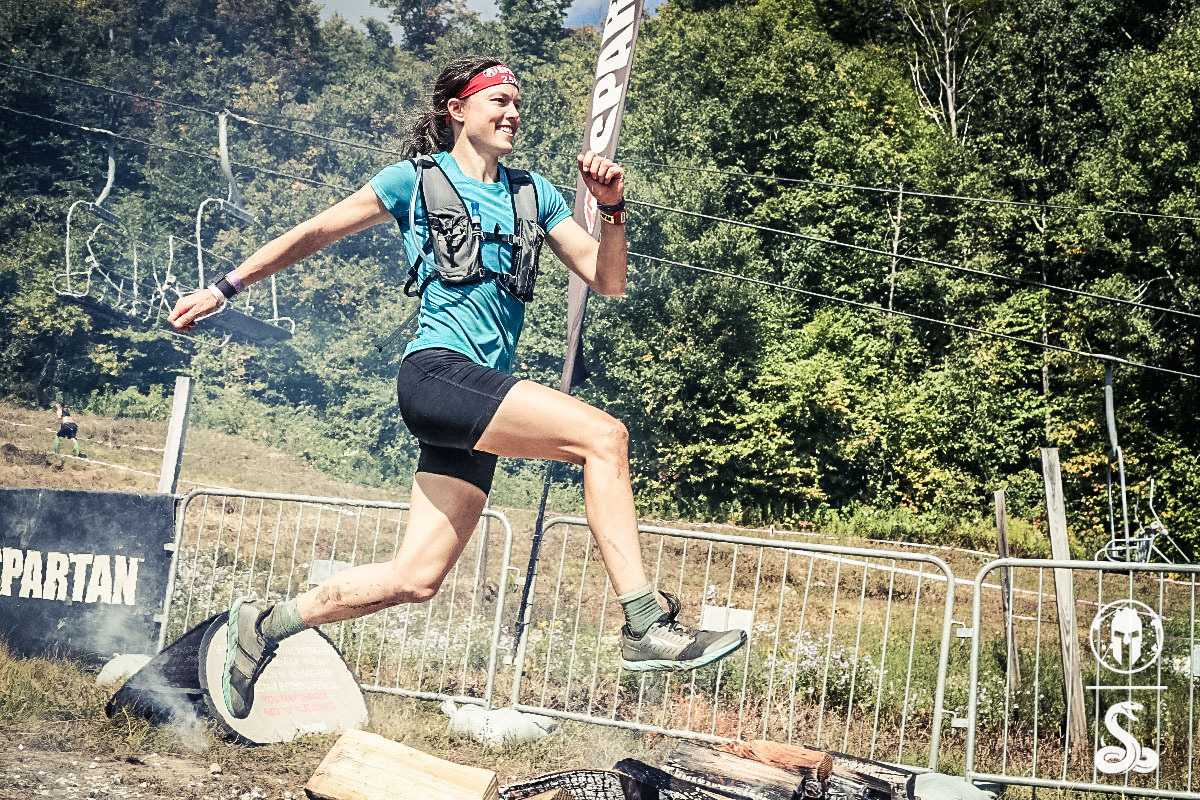
ARPwave Resources
Why Baseball Players Get Shoulder Injuries in the Summer—and How to Stay Safe

⚾️ The Summer Grind: Why Shoulder Injuries Spike
For many baseball players, summer is the most intense and competitive part of the year. From youth travel ball to collegiate showcases, athletes are logging more innings, more throws, and more swings than at any other time. While this ramp-up in play is great for development and exposure, it also puts enormous stress on the body—especially the shoulder.
Shoulder injuries are among the most common—and most frustrating—injuries in baseball, particularly for pitchers, catchers, and position players with high throwing volume. The unique demands of overhead throwing create vulnerabilities in the shoulder’s rotator cuff, labrum, and scapular stabilizers, especially when fatigue sets in.
But why do injuries spike specifically in the summer?
🌡️ 4 Key Reasons Shoulder Injuries Rise in Summer Baseball
1. High Volume, Low Recovery
Many players go from spring ball straight into summer tournaments, where they may play multiple games in a single weekend. This intense schedule leaves little time for recovery. Pitchers may throw high-stress innings with inadequate rest between outings or without progressive pitch counts. Over time, this leads to microtrauma, overuse, and eventual breakdown.
2. Heat Accelerates Fatigue
Summer heat doesn’t just make players sweat—it accelerates systemic fatigue. As body temperature rises, neuromuscular efficiency decreases. That means muscles fire slower, stabilizers weaken, and mechanics break down faster. This forces the shoulder joint to absorb more stress, increasing injury risk with every throw.
3. Neglected Warm-Up and Cool-Down
In the rush of summer ball—especially with back-to-back games or long travel days—players often skip structured warm-ups and cooldowns. This leads to poor tissue preparation, tight muscles, and limited mobility, all of which compromise shoulder mechanics. Over time, tightness becomes dysfunction, and dysfunction leads to pain or injury.
4. Muscle Imbalances and Poor Mechanics
Many baseball players develop muscle imbalances over time—strong anterior (front) deltoids and pecs, but weak posterior (back) rotator cuff muscles and scapular stabilizers. Combine that with tight hips, poor thoracic mobility, or a weak core, and you’ve got a recipe for shoulder overload.
🛡️ 5 Ways to Prevent Shoulder Injuries This Summer
Staying healthy doesn’t just mean avoiding pain—it means maximizing performance. Here are five actionable strategies to reduce the risk of shoulder injuries:
✅ 1. Monitor Throwing Load
Don’t just count pitches—track all throws: warm-up, bullpen, infield/outfield, pickoffs, etc. Use apps, logs, or wearables to monitor volume and intensity. Know your limits and communicate with coaches about rest needs.
✅ 2. Prioritize a Quality Warm-Up
Spend at least 15 minutes on a dynamic warm-up, including:
· Arm circles and mobility drills
· Resistance band work for scapular activation
· Light plyometrics to engage the CNS (central nervous system)
· Gradual throwing progression before max effort
✅ 3. Recover Like a Pro
Recovery doesn’t mean rest alone. It includes:
· Soft tissue work (foam rolling, massage)
· Cryotherapy or contrast baths
· Neuromuscular stimulation (like ARPwave)
· Stretching and mobility sessions
· Sleep and hydration
✅ 4. Strengthen the Right Areas
Work with a strength coach or PT to target:
· Rotator cuff (infraspinatus, teres minor)
· Scapular muscles (serratus anterior, lower traps)
· Core and glutes (for energy transfer during throwing)
· Thoracic mobility and posterior chain balance
✅ 5. Address Pain Early
Don’t pitch through discomfort or throw “just to get loose.” Pain is a sign of dysfunction, not a badge of honor. The earlier you address it, the faster you can return to full strength.
⚡️ Where ARPwave Comes In: The Science of Faster, Smarter Recovery
What is ARPwave?
ARPwave (Accelerated Recovery and Performance) is a neurotherapy system that combines electrical stimulation with movement-based protocols to:
· Speed up recovery
· Correct movement dysfunction
· Prevent injury
· Optimize performance
Unlike traditional electric stim units that passively contract muscles, ARPwave works at the neurological level, retraining the nervous system to fire the correct muscles at the right time.
🧠 Why Baseball Players Love It
➤ Restore Functional Movement Patterns
Baseball relies on complex kinetic chains—from the feet to the hips to the shoulder. ARPwave identifies and treats neuromuscular inefficiencies, improving how athletes move and throw.
➤ Accelerate Healing from Overuse Injuries
Players dealing with rotator cuff tightness, labrum stress, or impingement symptoms can recover faster with ARPwave by improving blood flow, clearing inflammation, and promoting neuromuscular re-education.
➤ Prevent Future Breakdowns
By strengthening weak links in the kinetic chain, ARPwave reduces compensatory movement patterns that cause breakdown. That means fewer injuries and longer careers.
➤ Train Smarter, Not Harder
Whether it’s the day after a heavy outing or prepping for a showcase, ARPwave allows players to train harder with less fatigue, so they can recover faster between games.
🧾 Real Results, Real Fast
Many elite athletes, including MLB pitchers, college prospects, and youth travel players, have used ARPwave to:
· Bounce back from shoulder fatigue in hours, not days
· Regain throwing velocity after injury
· Prevent season-ending overuse injuries
· Improve mobility, range of motion, and muscle activation
Summer should be a time of growth—not injury. The key to staying on the field is understanding how and why shoulder injuries happen, and using tools that not only treat symptoms but also address the root cause.
By combining smart training, structured recovery, and breakthrough therapies like ARPwave, players can stay pain-free, maximize their performance, and extend their playing careers well beyond summer.
📞 Want to try ARPwave for yourself?
Reach out today to schedule a consultation, recovery session, or performance screening—and get the edge your body (and arm) deserves.













